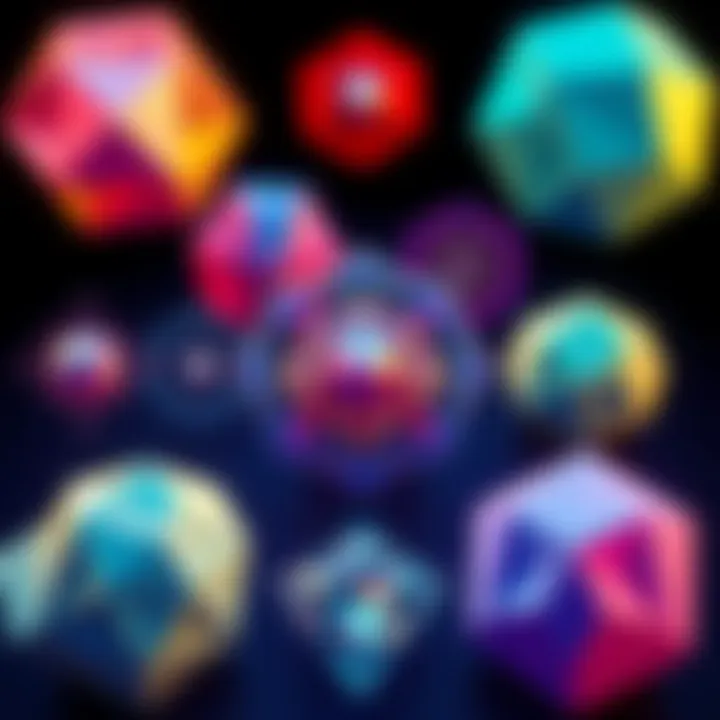Sacred Geometry Sparks Debate | 4D Shapes Through 2D/3D Patterns
Edited By
Lucas Braun

A recent discussion on forums about sacred geometry has ignited a lively exchange among enthusiasts. The topic centers on whether the concept of shapes expressing higher dimensions can be accurately perceived through our lower-dimensional understanding. Opinions are sharply divided, as both newcomers and seasoned commentators weigh in.
Background on Sacred Geometry
The notion that sacred geometry comprises 4D and above shapes represented through 2D and 3D patterns raises eyebrows. A YouTube video titled "The Spiritual Science of Sacred Geometry" has become a reference point for this idea, though its acceptance within the community remains a matter of contention.
Controversial Opinions
Responses reveal skepticism among some people about the dimensional understanding of sacred geometry. For instance, one comment asserts:
"Sacred geometry has no dimensions."
This statement reflects a belief that our perception is limited to the three dimensions we inhabit, and that higher-dimensional perspectives are elusive.
Conversely, another commentator expresses frustration over dismissive replies:
"Uh what? You confidently dismissed OP's valid question but have no valid proof or even a working theory of your own."
This back-and-forth encapsulates a broader theme: the struggle between intuition and logic.
Themes Emerging in the Discussion
Three key themes have emerged from the forum discussion:
Perception of Higher Dimensions: Many assert that one must be in a higher dimension to fully comprehend the lower ones.
Interpretations of Sacred Geometry: Different understandings of the term "sacred" complicate the discussions.
Skepticism towards Expertise: There’s an ongoing critique of those who consider discussions on the topic to require advanced mathematical knowledge, as expressed in the comments.
Key Insights
⚪ "Our best understanding of mathematics utilizes a non sequitur of a fundamental concept."
✅ "The expression of that '4th' dimension via patterns is a fair description."
❓ "What does 'gives primacy to the lower dimensions' mean exactly?"
In summary, while some people embrace the idea of sacred geometry representing higher dimensions, others remain skeptical, saying each perspective has merit and needs further discussion. As of now, the exploration of this topic continues to unfold in online spaces, providing a platform for varied viewpoints.
What Lies Ahead for Sacred Geometry Discussions
As the debate over sacred geometry continues to evolve, there’s a strong chance that more people will dive deeper into this topic. Online forums and platforms will likely see an uptick in discussions, possibly reaching 70% more engagement as more individuals explore both scientific and esoteric interpretations. Experts estimate that as the conversation grows, we'll see an increase in videos and analyses that aim to bridge gaps between skepticism and belief. Heightened interest could lead to new grassroots initiatives that promote workshops or public talks to further examine these concepts, offering around a 50% probability of creating a more cohesive community amid the division.
A Curious Parallel in Historical Debates
Reflecting on the debates surrounding sacred geometry, one can draw an intriguing parallel to the early discussions on quantum physics during the mid-20th century. The conflict between classical physics and quantum mechanics sparked intense discussions among scientists, where some rejected the complexities of new theories while others embraced their potential. Just as the scientific community struggled with perception and understanding back then, today’s discussions on higher dimensions and sacred geometry echo those disputes. In both scenarios, passionate arguments emerge, showing that knowledge often grows through the friction of differing opinions, leading to breakthroughs that can redefine our understanding of reality itself.
